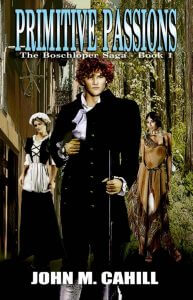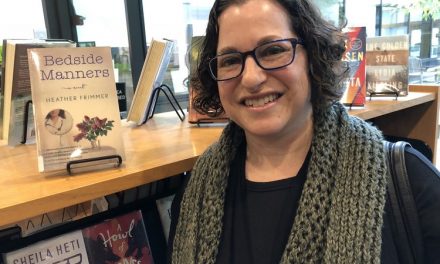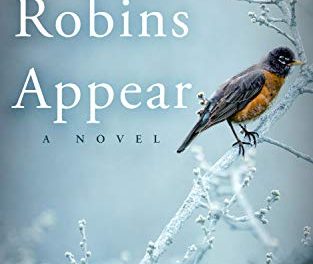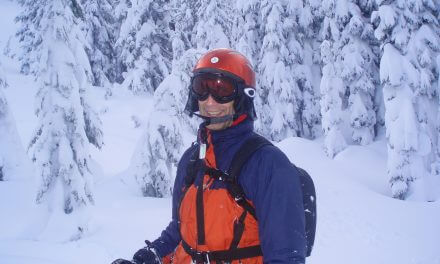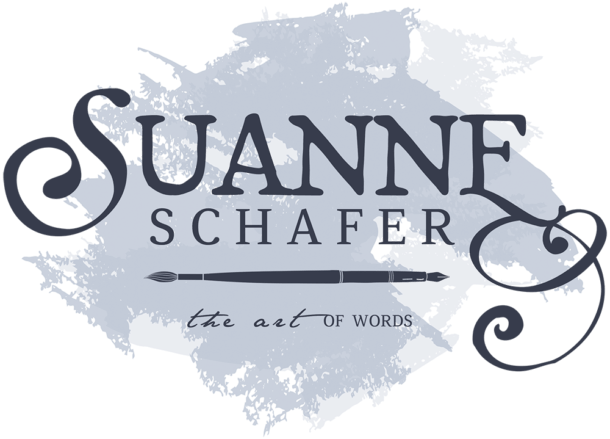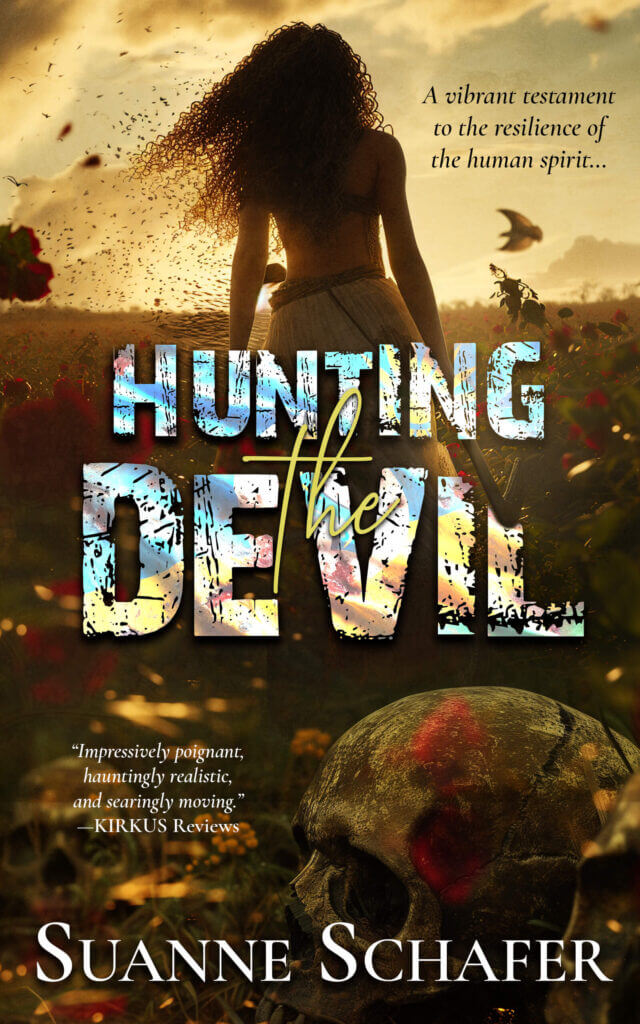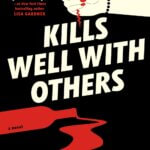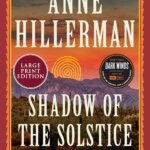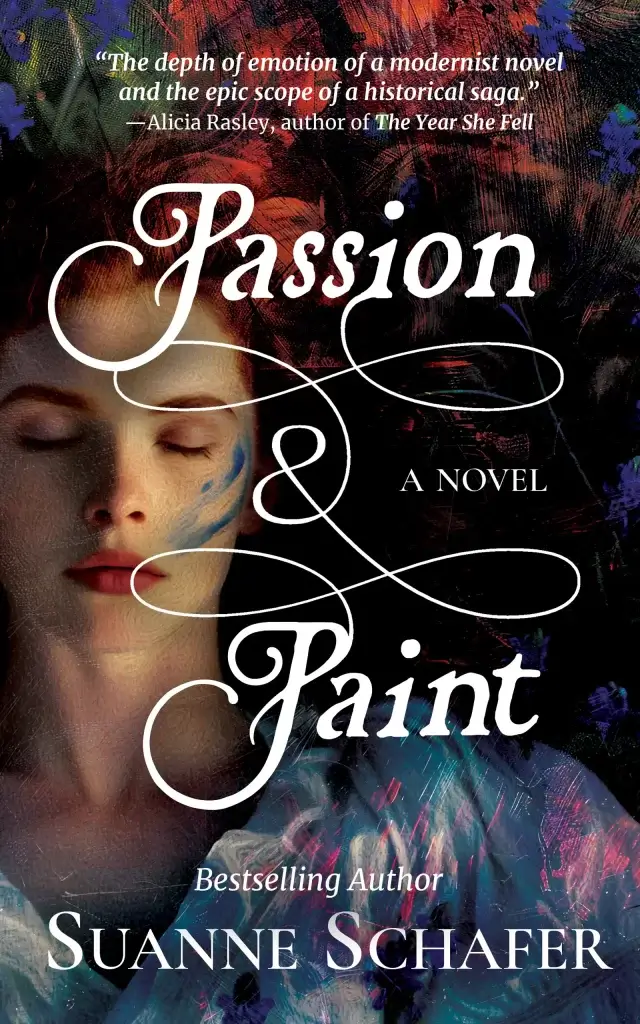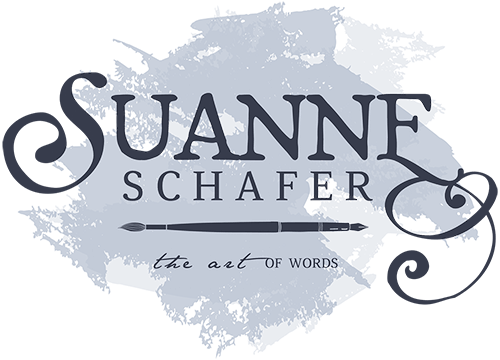With me today is John Cahill, a writer of historical fiction and the author of The Boschloper Saga, set on the frontier of seventeenth-century New York. Boschloper is Dutch for “runner in the woods” and refers to fur traders in general. John was born and raised in Pittsfield in the beautiful Berkshire Hills of Massachusetts. After earning his B.A. in Journalism and Government from the University of Massachusetts at Amherst, he moved to New York where he enjoyed a successful and rewarding career in public relations and social marketing with New York State Government. He is now retired and lives with his wife in Vienna, Austria.
SS: Welcome, John. What did you want to grow up to be as a child? Has that child’s desire appeared in your work?
JC: When I was a child, I was fascinated by history. I devoured historical fact and fiction like M&Ms. But, and it is a big BUT, I did not want to be a teacher. When I entered university, I had to make a decision: what major would I choose? I went through the course catalog over and over again until I realized that I could have a dual major, Journalism and Government, and still satisfy my desire for history.
SS: Did anything in your past push you to write about the subject of your books and the conflict(s) in it?
JC: Through The Boschloper Saga, I celebrate the men and women who first opened the way to America’s interior. It was while I was living in New York’s Mohawk Valley and daily surrounded by reminders of the area’s Dutch history that I found that I was especially intrigued by the events of the second half of the 1600s. At that time, although the English had taken New York from the Dutch, the Dutch in the colony behaved as though nothing had changed, even going so far as to refuse to speak English.
I was also impressed by the bravery of the people who came to America in the seventeenth century and settled on the frontier where most of the action in my stories occurs. These stalwart adventurers inspired and continue to inform my work. This is a virtually unknown piece of American history that I believe should not be forgotten.
SS: That’s interesting. My ex- was raised in the Mohawk Valley, so I’ve spent a good deal of time there mostly in the Utica environs. Tell me, what can readers expect from one of your books?
JC: My primary audience for The Boschloper Saga includes fans of historical fiction who are interested in learning about life, love, and adventure in colonial America. I hope that they will come to appreciate the lives of the people who first opened up the American interior and to realize that many of the political and cultural problems of the time are much the same as those we face today. My basic message is that people are people and that race, religion, and political philosophy have no bearing on whether they are good or evil, brave, or cowardly.
SS: Tell us a little about the elements of The Boschloper Saga.
JC: Book 1 of the saga, Primitive Passions, was published in 2015 and tells the story of the arrival of the teenaged Sean O’Cathail in America, his introduction to fur trading and his adventures as both a fur trader and an emissary of the English colonial governor to the Iroquois.
Book 2, Savage Wilderness, came out in 2015, and follows Sean and his fellow boschlopers who, in 1687, enter French territory in an effort to divert the Canadian fur trade from Montreal to Albany. With danger lurking and death threatening, they soon find that they will need all their wits to survive their trials and safely return home.
In Book 3, The Trail of a Traitor, which was published in 2019, Sean learns that his long-time nemesis, Jeremy Cox, has turned traitor and is leading French raids on English settlements. Sean vows to bring Cox to justice but, when Cox kidnaps Sean’s friend, Megan O’Reilly, it becomes personal.
I am currently working on the fourth installment of The Boschloper Saga. This volume, entitled Beyond the Frontier, will follow Sean O’Cathail and his family and comrades into the early eighteenth century and the events that comprise what is now known as Queen Anne’s War.
SS: What works best for you: typewriters, computer, dictation, fountain pen, or longhand?
JC: I began my professional career in public relations writing copy directly on a typewriter. I followed technological advances and switched to writing copy on a computer. I am quite comfortable writing my books on a computer, especially as it make revising and editing so much easier.
SS: Do you believe you write the kind of book you’d want to read?
JC: I always endeavor to write books that I would want to read. That’s why I have very little problem with negative reviews. As long as I’m satisfied and the majority of my readers are satisfied, I’m happy.
SS: What was the first book you fell in love with?
JC: Robert Louis Stevenson’s Treasure Island.
SS: When you are creating a story, do you avoid reading books in the same vein so as not to be influenced by others, or do you seek out all possible variations for maximum inspiration?
JC:When I am writing a story, I do everything I can to keep my head in the historical period of the story. That means I read books about or written during the time period; I watch films set in the period; and I watch YouTube historical videos about the period.
SS: What’s something memorable you’ve heard from your readers/fans? What’s been the best compliment?
JC: In a four-star Amazon Review of Savage Wilderness, Richard Sutton wrote, “… this second volume of John Cahill’s Boschloper Saga has a lot to recommend it. First, his characterizations are less stilted and clichéd than most historic fiction I’ve read… The cultural sensibilities of the Dutch, British, French and Native traditions converge, creating conflicting loyalties… The author’s more transparent treatment of the Native Long House People as contemporary in their behavior as the colonial immigrants, won me over completely… It helped the story a great deal to find Native characters I recognized. I was especially taken by Cahill’s unobtrusive narrative touch which keeps this story unfolding at exactly the right pace with enough detail for immersion and character engagement. For any of those readers who enjoy reading historic fiction, this will be a romp. It also casts useful light on a period that remains obscure to most Americans, even those of us who live in New York.”
SS: What kind of research did you think you had to do? How much was actually needed?
JC: I thought that, living in Albany, New York, it would be easy to find the documents I would need to construct a true-to-life fictional narrative. But, as I read more and more about the period, I began to suspect that the reason for the apparent lack of interest was due to the fact that the Dutch, when they came to Albany to trade for furs, just sat there and waited for the Indians to come to them! “Oh, boy,” I thought to myself, “Isn’t this exciting!”
It was not until I moved to Vienna, Austria, that things really began to come together for me. While working in the Austrian National Library, I discovered a Young Adult encyclopedia, in English, about explorers. It identified two Dutch fur traders who had had the courage to leave the confines of their little village on the Hudson River and go out into the wilderness: Johannes Roseboom, who was the leader of the ill-fated 1687 expedition to the Great Lakes; and, Aernout Viele, who had accompanied Roseboom and later explored the Susquehanna, Ohio and Mississippi rivers while seeking to open trade with the Shawnee.
There! I had some things to hang a plot on! Now, where would I find source materials? In the Austrian National Library, of course! There, I came across a volume entitled Documents Relative to the Colonial History of the State of New York procured in Holland, England and France: Vol. II (Holland Documents: 1657-1678). Shortly thereafter, I found volumes III (London Documents: 1614-1692) and IX (Paris Documents: 1631-1744).
I had found the mother lode of source materials for the period in which I was working!
And, as they say, the rest is history!
SS: What advice would you give aspiring writers?
JC: Write. Keep writing. Don’t quit, no matter how discouraged you may get.
SS: What’s the best writing advice you’ve ever received?
JC: K.I.S.S. – Keep It Simple, Stupid!
SS: What epitaph would you want most to be written about you when it’s all said and done? What epitaph would you like at the end of your life?
JC: He was damned lucky!
********************

********************
A brief excerpt from Primitive Passions, Book 1 of The Boschloper Saga:
Shadows in the narrow streets were lengthening as they hurried, trying to put distance between themselves and the wharf. But, as he turned a corner, Sean ran headfirst into Lieutenant Allworthy! The lieutenant, with a group of armed seamen, had been charged with finding “volunteers” to make up losses in the ship’s company. After visiting the town’s more disreputable taverns, they were taking four, obviously drunken men back to the ship.
“God’s blood! You ragamuffin, watch where you’re going,” the officer yelled, pushing Sean away. Sean stumbled backwards and fell on his bottom. That was when Allworthy recognized him.
“O’Cathail! What are you doing ashore?”
Sean picked himself up. Thinking quickly, he touched his forelock in a salute and said, “Captain’s compliments, sir. He says that ye should return to the ship straight away with whatever men ye have. He wants to sail on the tide.”
The lieutenant started to respond, “Very well, then…” But, seeing Fielding standing behind Sean, he exclaimed, “Fielding! Why…?”
At that, Sean yelled, “Run!” and began running with Dick hot on his heels. Behind them, Sean heard the officer order some of his men to give chase.
The two young men ran for all they were worth! They dodged people and carts! They leapt over dogs and puddles and children! But, even over the pounding of the blood in his ears, Sean could still hear the pounding of the pursuing sailors’ boots on the pavement.
Sean led the way, twisting and turning through the narrow streets. He ran, not knowing where he was going, until he heard Fielding cry, “Sean!” Turning, he saw the boy lying face down on the cobblestones.
“C’mon, Dick,” he yelled.
“I can’t” Fielding cried. “I’ve hurt me ankle!”
Sean ran back and, drawing Dick’s arm over his shoulder and around his neck, lifted the boy to his feet. Just then, a shot rang out! Sean saw the ball strike a nearby wall.
“Go on, Sean! Save yourself!” Dick insisted.
Seeing that there was only one sailor in sight and that he was reloading his pistol, Sean carried Dick into an alleyway. The first door he tried was unlocked. Opening it, he helped Fielding inside and, as Dick slid to the floor, said, “Stay here. Lean against the door. Don’t open it except for me. I’ll be back for you.” Then, he closed the door.
Going back to the corner, Sean allowed himself to be seen by the sailors who had clustered around the one who had fired. Spying Sean, they took up the chase. Certain that they had seen where he had gone, Sean ran back into the alley, past the door behind which Dick was hiding.
Sean ran through the alley and, making sure that his pursuers were still on his trail, turned left at the next street, then right and right again. Rounding the last corner, he found a cart full of straw. Quickly, Sean climbed onto the cart and burrowed into the straw. He tried to catch his breath. Soon, he was able to control his breathing enough so that he could hear running footsteps in the street.
Peering between the stalks, Sean watched as Lieutenant Allworthy and four men trotted past. Eventually, their steps grew fainter. After a few moments, Sean screwed up his courage and, poking his head out of the hay, looked in both directions. No pursuers were in sight! He left his hiding place and quickly walked back to where he had left Fielding. After checking the alleyway, he went to the door and knocked, “Dick, it’s me, Sean, open the door.”
********************
You can follow John on social media here:
Website | Amazon author page | Facebook | Goodreads | Twitter
********************
This post contains Amazon Affiliate links. As an Amazon Associate, I earn a small amount from qualifying purchases.

